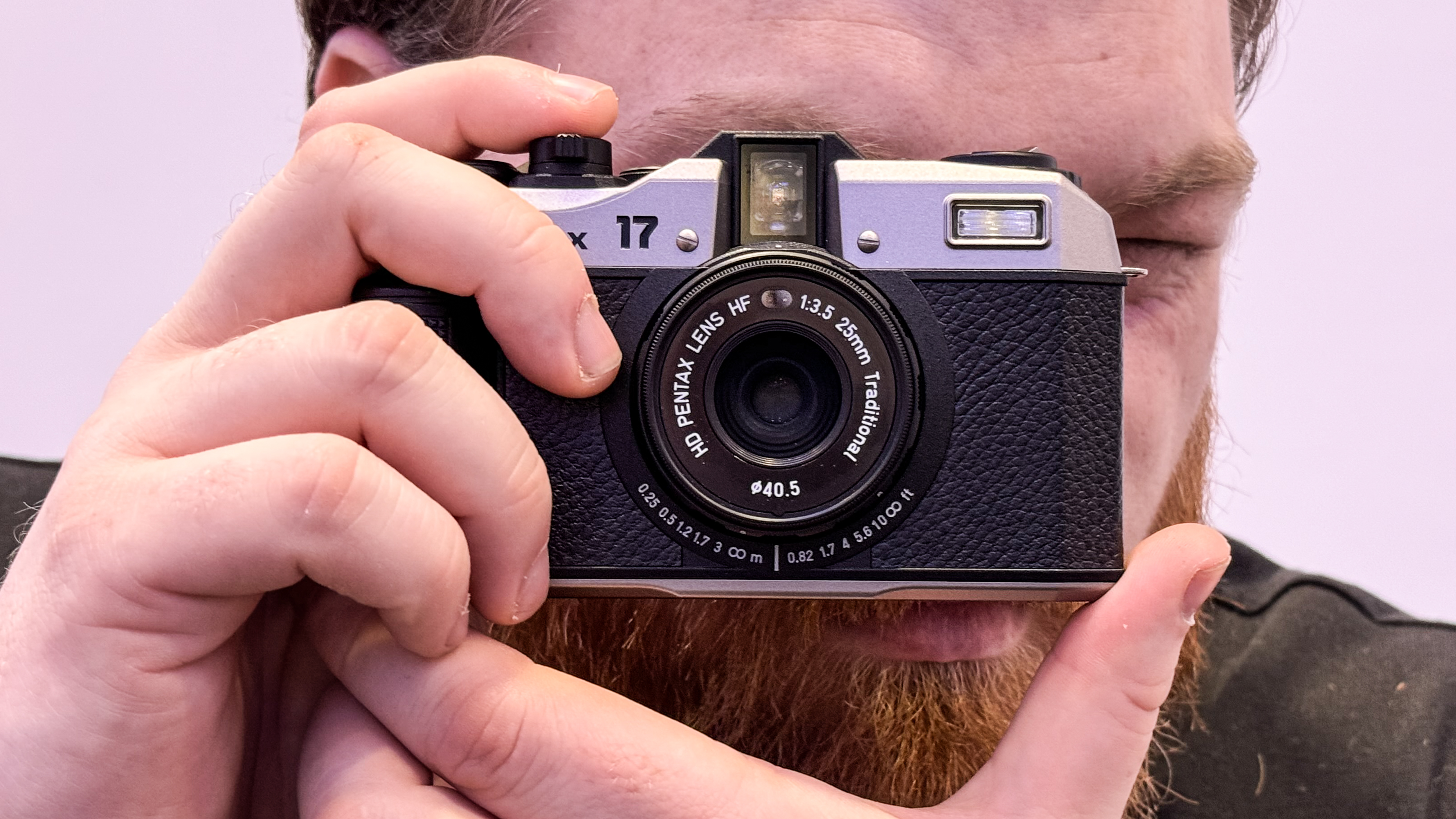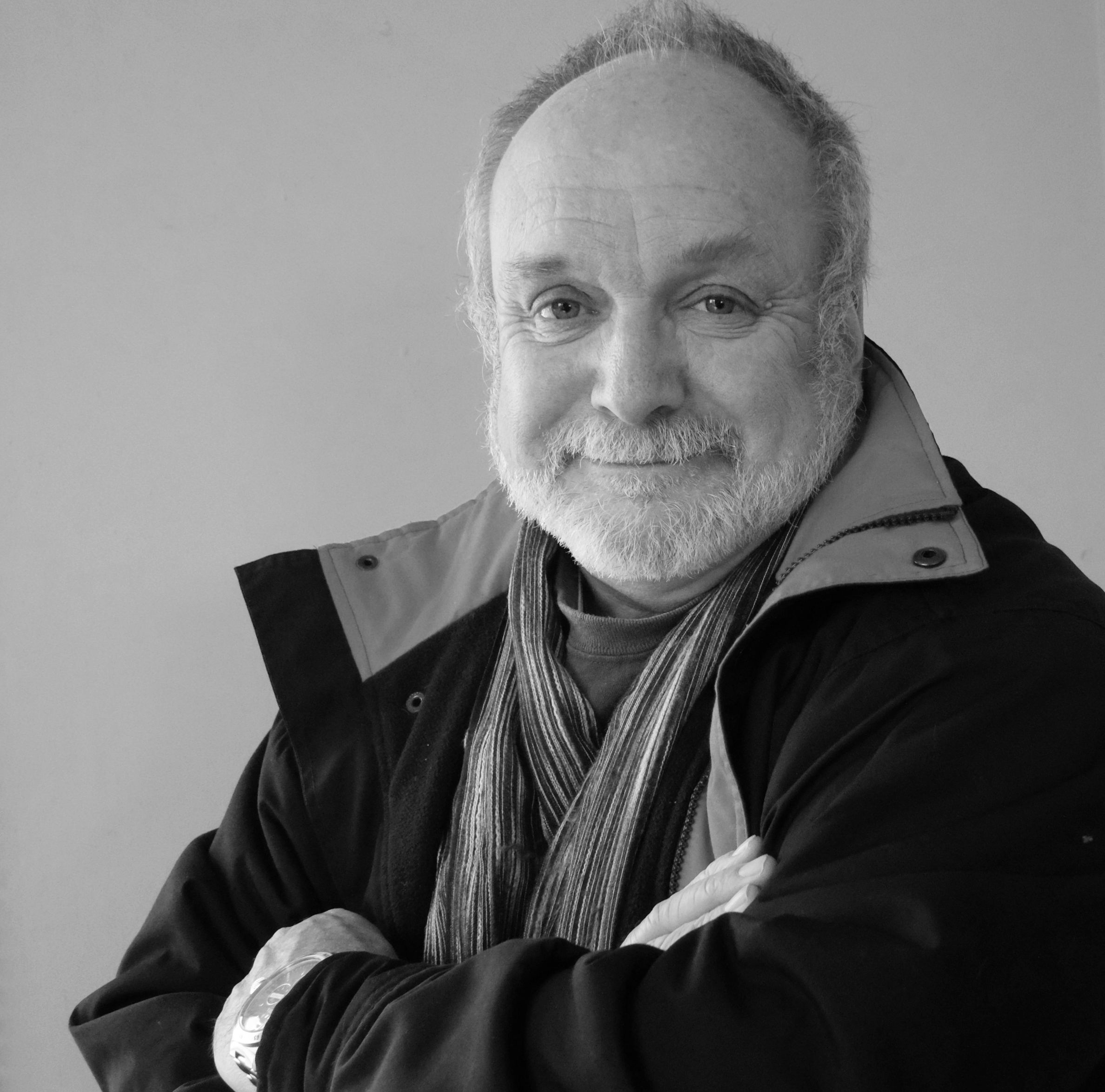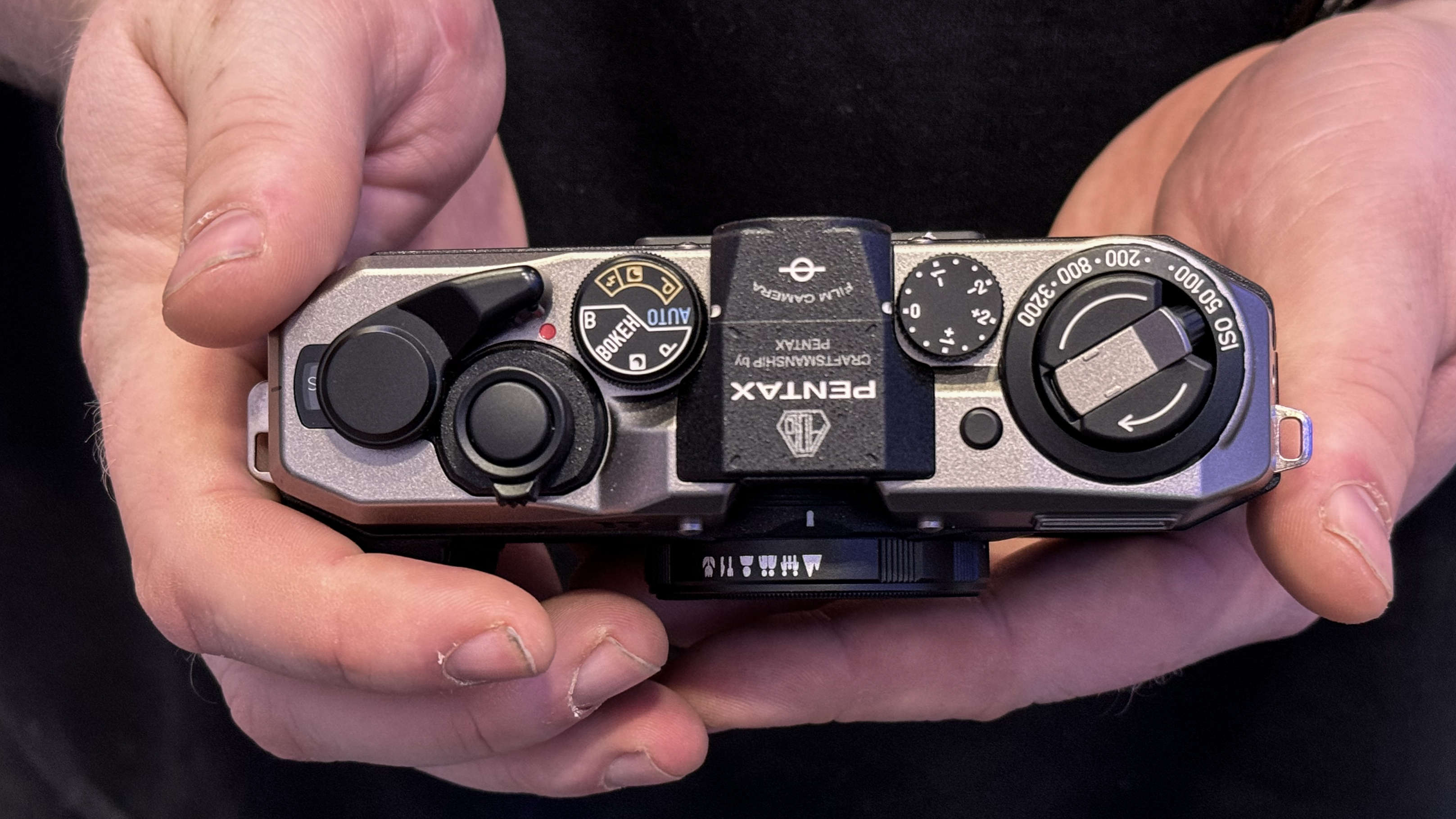The arrival of the Pentax 17 camera is the start of something big
Ricoh's decision to start making film cameras again is a major step in analog's revival

The arrival of the Pentax 17 – the first new film camera to bear the brand in over 20 years – is a significant happening for quite a number – mostly in 35mm – has been on the rise with all sorts of wild and wacky emulsion recipes to appeal to the smartphone-and-Instagram generation.
As I’ve written about on a number of occasions in Australian Camera magazine, the key to the film revival stepping up quite a few gears was the availability of a brand new camera backed by a warranty and service support… and at an affordable price.
We’ve already seen Leica reissue its M6 35mm rangefinder camera and, despite its price tag, it’s still been selling like the proverbial hot cakes. A pre-loved M6 is the cheaper option, but the warranty and servicing behind a new one are making all the difference. The demand is undoubtedly pent up and perhaps more so than anybody – including Ricoh – realized. I’ve always maintained that who got there first – i.e. with an affordable new 35mm camera – would clean up and so it seems to be proving.
The Pentax 17 is the first of two 35mm film cameras promised by Ricoh, with the second rumored to be a mostly-automatic SLR with the K mount, so there’s a huge choice of both new (Pentax) and legacy lenses (too many brands to list here). The SLR will appeal to a different buyer than the 17, but it’s also going sell its head off so the only question is how long will any of the other mainstream camera makers sit around and watch Ricoh count its money.
Why the half-frame 35mm format for the Pentax 17? Well, firstly, Ricoh says the very expensive compared to the good old days… mainly because of the relatively low volumes involved. Incidentally, this is the same reason that half frame cameras were originally very popular in Japan in the 1960s and ’70s. However, this also brings us to the wider implications of film photography receiving a big Pentax-branded shot in the art. Many more people shooting 35mm film will, most assuredly, increase volumes leading to more demand for processing and printing services along with associated products such as albums and frames. In rural and regional areas in particular, there are likely to be great opportunities for another line of business, especially if you happen to be old enough to know all about film and processing.
We’re still a long way off matching vinyl’s remarkable resurrection, but you only have to look at how far this has gone to get some idea of what could well also happen with film. Once the major audio brands – such as Sony, Yamaha, Denon, and Technics – got back into making turntables, the whole thing went stratospheric and now this business is many times bigger than it ever was before digital audio came along. To be honest, I can’t see film ever getting back to what it once was, but there’s massive potential for it to grow well beyond being the niche it is right now.
The Pentax 17 may be a small camera, but it’s also the start of something big.
The best camera deals, reviews, product advice, and unmissable photography news, direct to your inbox!

Paul has been writing about cameras, photography and photographers for 40 years. He joined Australian Camera as an editorial assistant in 1982, subsequently becoming the magazine’s technical editor, and has been editor since 1998. He is also the editor of sister publication ProPhoto, a position he has held since 1989. In 2011, Paul was made an Honorary Fellow of the Institute Of Australian Photography (AIPP) in recognition of his long-term contribution to the Australian photo industry. Outside of his magazine work, he is the editor of the Contemporary Photographers: Australia series of monographs which document the lives of Australia’s most important photographers.

